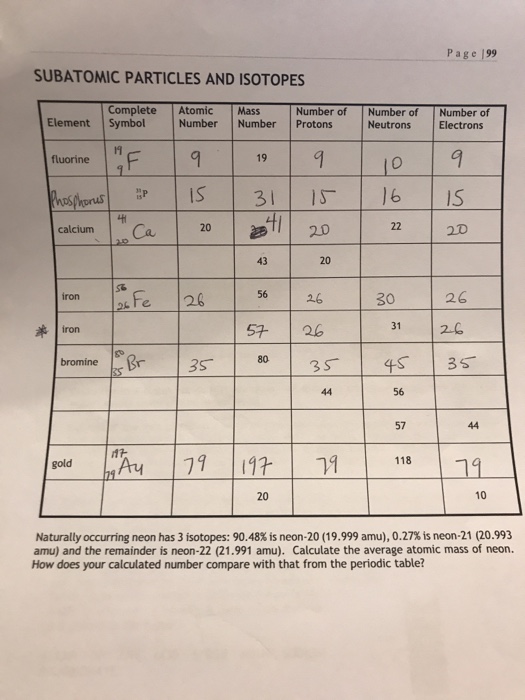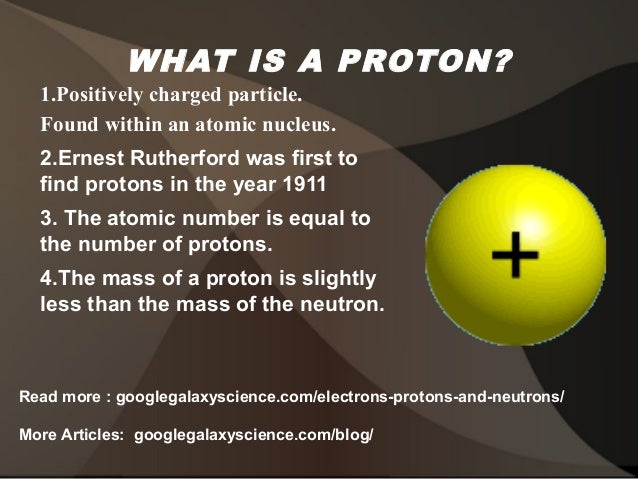Fluorine Protons Neutrons Electrons

Fluorine-16 Protons Neutrons Electrons

Click to see full answer.
The symbol for fluorine is F. In an atom, protons and neutrons reside in the nucleus, and electrons revolve around it. To maintain the overall neutrality of the atom, the number of protons equals. An isotope contains 56 protons, 54 electrons, and 74 neutrons. What is the identity of the isotope? An atom with 56 protons has atomic number 56 In a periodic table you can find that number 56 is barium Ba. In this video we’ll use the Periodic table and a few simple rules to find the protons, electrons, and neutrons for the element Fluorine (F). From the Periodi. Name: Fluorine Symbol: F Atomic Number: 9 Atomic Mass: 18.998404 amu Melting Point:-219.62 °C (53.530006 K, -363.31598 °F) Boiling Point:-188.14 °C (85.01 K, -306.652 °F) Number of Protons/Electrons: 9 Number of Neutrons: 10 Classification: Halogen Crystal Structure: Cubic Density @ 293 K: 1.696 g/cm 3 Color: Greenish Atomic Structure.
So for the element of FLUORINE, you already know that the atomic number tells you the number of electrons. That means there are 9 electrons in a fluorine atom. Looking at the picture, you can see there are two electrons in shell one and seven in shell two. What is the number of neutrons in fluorine?
Thereof, does fluorine gain or lose electrons?It can lose one of its electrons, making it an ion. It now has more positive protons than electrons so it has an overall positive charge. A fluorine atom will tend to gain, rather than lose, an electron. By gaining a negative electron, it has an overall negative charge.
what happens when an atom gains an electron? However, if something happens to make an atom lose or gain an electron then the atom will no longer be neutral. An atom that gains or loses an electron becomes an ion. If it gains a negative electron, it becomes a negative ion. If it loses an electron it becomes a positive ion (see page 10 for more on ions).
Hereof, how many electrons does fluorine gain or lose?
Example 1: A fluorine atom can get a full valence shell by either gaining one more electron, or by losing seven electrons. The former requires the transfer of less electrons, so the fluorine atom will try to gain one electron first. Therefore, F− ions are more common than F7+ ions.
What happens when fluorine atoms react?

Fluorine-23 Protons Neutrons Electrons
Fluorine is in Group 7. It has seven electrons in its outer shell. It gains an electron from another atom in reactions, forming a fluoride ion, F-. A fluoride ion has the same electronic structure as a neon atom (Ne).
